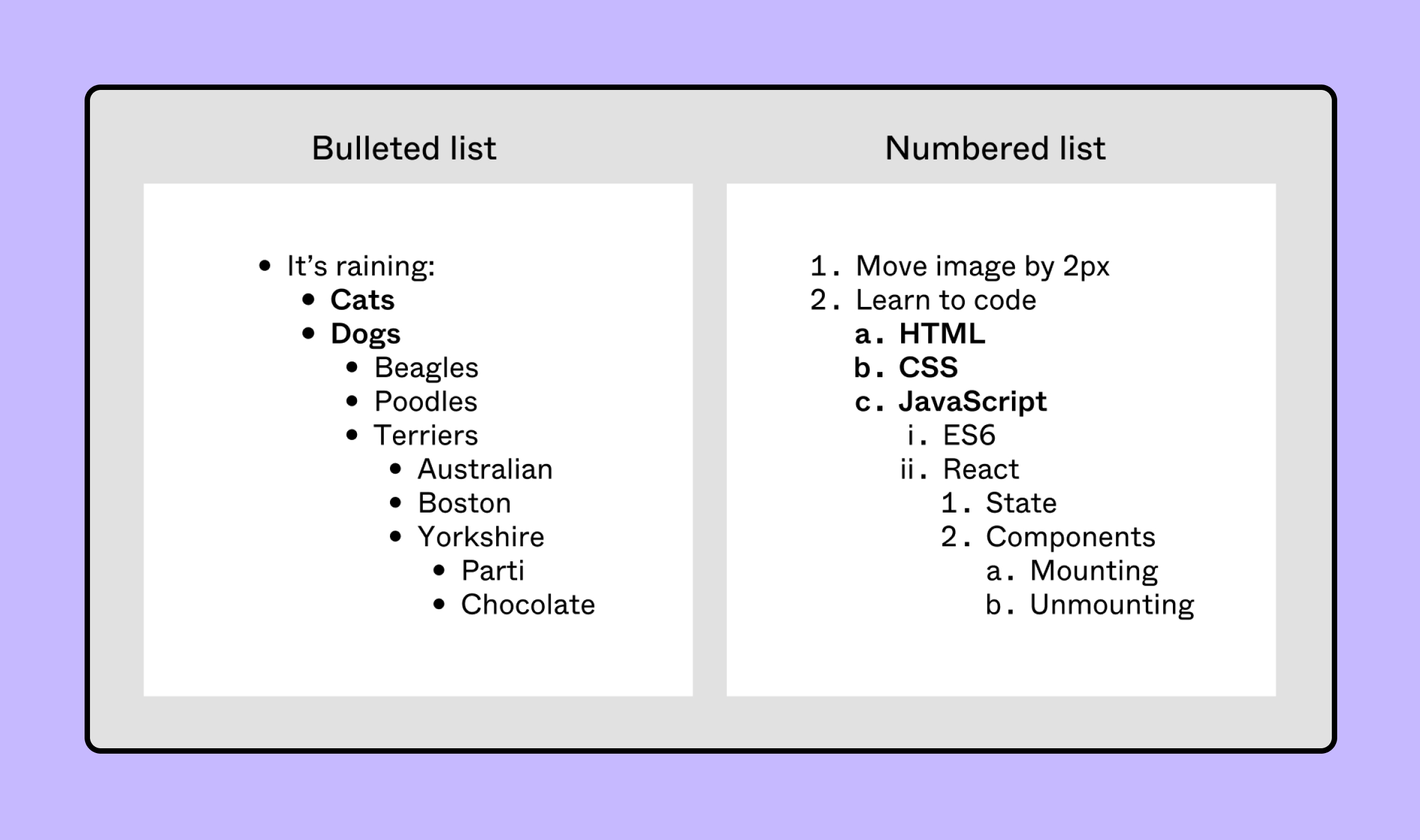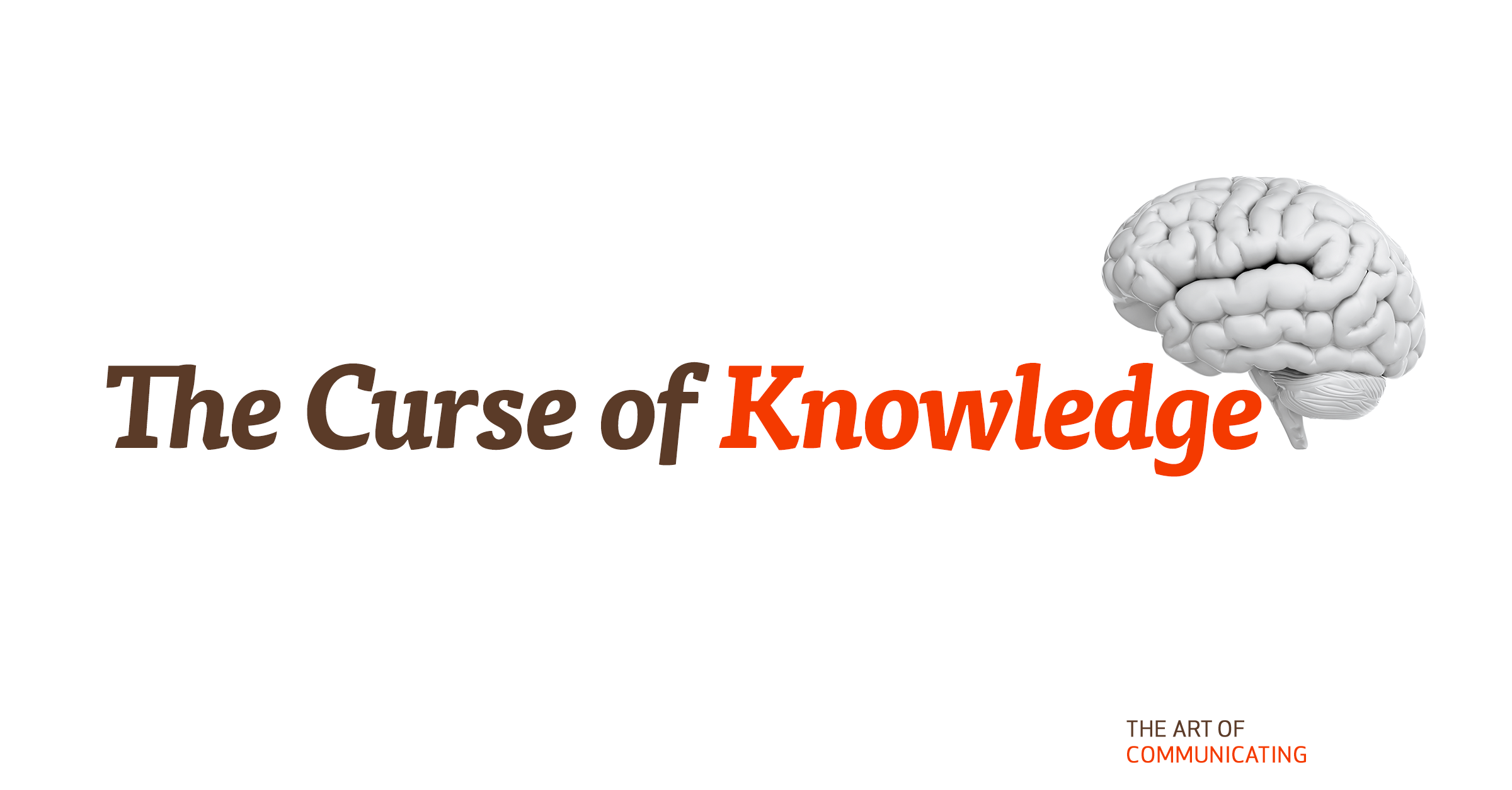What Do I Teach?
If you’re already considering teaching online, you probably have one or more subjects you think others have an interest in. If, for some reason, this is the first time you’ve thought of it, the answer is easy: You can teach anything you want.
Yes, it’s easier to prepare lessons on a subject if you’re an expert on that subject. Whether you gained the knowledge from experience or from taking a course yourself, you can begin making an outline of lesson plans, creating content, and then presenting those lessons to interested students.
But you can still teach a subject you know nothing about. Don’t get me wrong here – you don’t want to simply make up lessons! But there are options. You can team up with an expert in the subject and help them create lessons. Or you could research the subject, and build lessons from content you create. NOTE: It’s not only unethical to steal content from others, in some areas you can be charged and prosecuted as well. Just don’t do it. You only have to be slightly more knowledgeable than the students you’re teaching. As they say, teaching is the best way to learn.
How Do I Start?
If you already have a subject you want to teach, the best way to start is by setting down all the information you want to teach. You can do this as either an outline, or in a list (bulleted or numbered). You can create the list with a word processing program, a text editing app, or with lined or graph paper and a pen or pencil. Use whatever you’re comfortable with.

Give yourself time with this step. Often, people can’t set down all the information they know about a subject on the first pass. Write down what you can, in whatever order it comes out of you. Then – walk away. Leave your information alone for several hours, or even a couple days. When you come back, you might see some holes where you left out information. Write that down as well. Walk away again. The next time you come back, you might think of other information you want to pass along.
Once you’ve got most of the information on your subject dumped out in an outline or list, start trying to put it in a logical order. Simple, basic information should be presented first. Then, slightly more advanced information. Finally, the higher-level information where learning it relies on having learned basic and intermediate facts and skills.
Finally, you’ll want to go back to the most basic of information to be taught, and start breaking it down into short, digestible packets of learning. In other words, lessons. What facts, info, skills and techniques can be presented here? What kind of content is needed, and what’s the best media to use to impart it?
The Curse of Knowledge
Many humans have a cognitive bias when it comes to teaching a subject they know, or communicating with someone. We assume (often wrongly) that people have the same knowledge and experiences we ourselves possess. This bias can also be called The Curse of Expertise.
You need to actively put yourself in the position of your students, who know absolutely nothing about your subject area. Only by doing that can you make sure you impart all the information required to learn the subject, in the order the information needs to be learned.
Once again, after you’ve plotted out the information to be imparted in your lessons, leave your list for a while before coming back to it with fresh eyes. Ask yourself, “If I were new to this material, is this all the content I would need to learn this particular lesson?” Again, many of us may not get this complete on the 2nd, 3rd or even 4th try! Be patient with yourself, and be willing to admit that refining the information is an ongoing process.
Read part 1 here. Read part 3 here. Read part 4 here. Read part 5 here.


